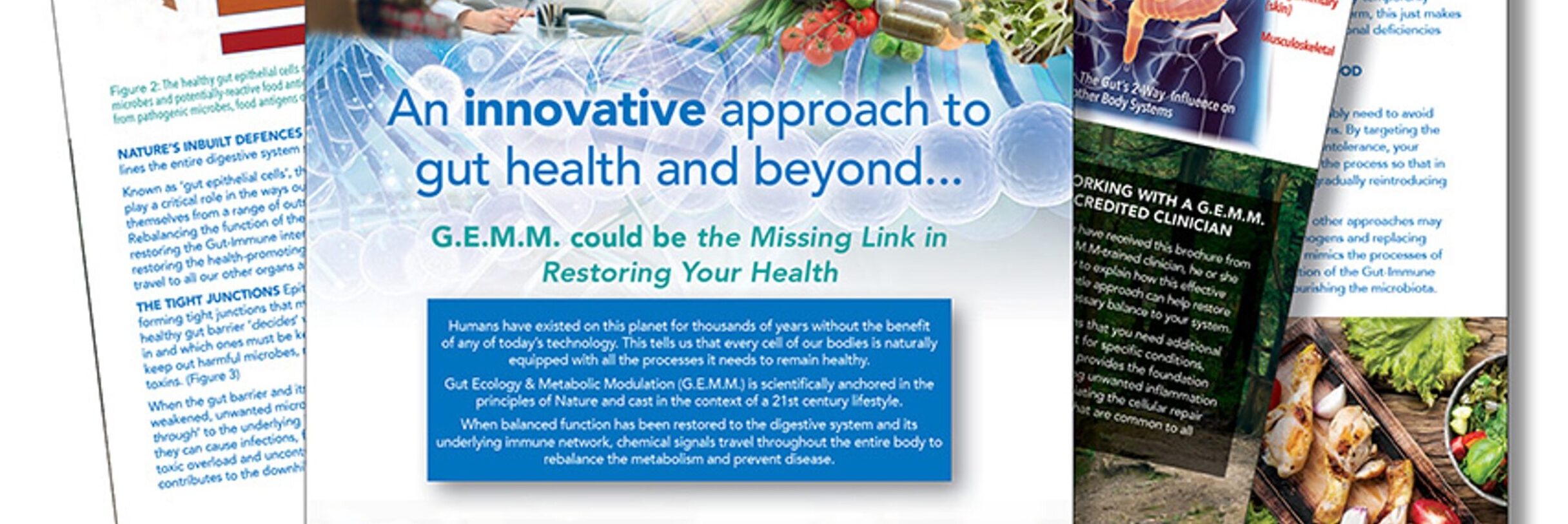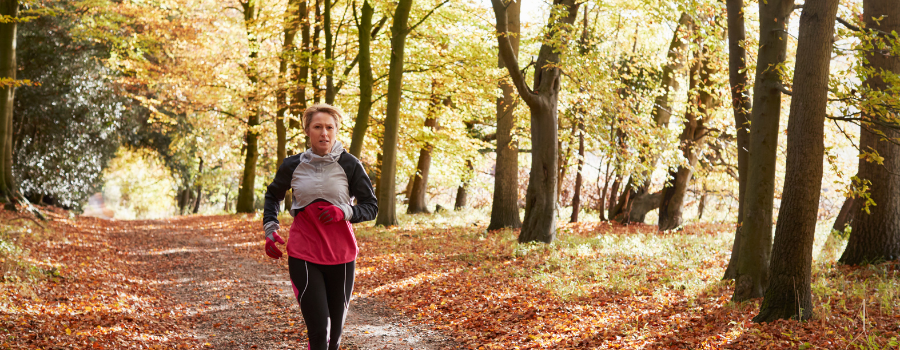You may have heard about a way to melt those fat-cells around belly and thighs. The following two diets, if done correctly, trigger the body to burn fat instead of glucose for energy:
The gist of the “Atkins-diet” is to eat a low-carbohydrate diet, while eating plenty of protein (eggs, fish, poultry and red meat) and load on fats (butter, olive oil etc.). The diet is done in four phases which ends in maintenance where low amounts of carbs are added back into the diet
Studies have shown that increased consumption of protein increases the level of satiety, decreases food intake, lowers body weight and reduces adipose tissue (fat) in animals and humans (Journel, Chaumontet, Darcel, & Fromentin, 2012)
The downside: it is a challenging diet for vegans (vegetarian can eat eggs) plus animal-farming leaves a heavy toll on the planet. Furthermore the Atkins-diet is often misunderstood and may lead to increased weight-gain, once a person moves into the last phase.
The upside: it may help shed those extra pounds as long as the later stages are balanced with appropriate lifestyle-coaching that include exercise and a holistic choice of carbohydrate foods.
In the ketogenic diet the emphasis is on eating a high-fat, moderate protein and very low carb-diet. The idea is to “starve” your body of carbohydrates, the body’s favourite fuel and trigger the liver to convert stored fat into ketones, hence burn fat-cells to produce energy. It is also said to keep blood sugar levels more stable and may prevent numerous diseases.
The downside: letting go of good carbs, such as sourdough bread, scrumptious mueslis made with whole-grains, that contain fibres and are rich in B-vitamins.
The upside: Coconut-oil and derived products such as MCT oil, Ketocreme, coconut-butter (yummy!) and even a keto-based-bread-mix are easily available and cost-effective as well as healthy for example in Rainforest herbs.
Important – choose foods wisely to improve the outcome and your health:
Choose healthy fats such as cold pressed virgin coconut and olive oil, avocados, flax- and chia seeds.
Consume fats in eggs, red meat, butter, ghee that come from grass-fed, free-range animals (downside: this can be very pricey). Animals-produce from regular farms does contain harmful substances, such as growth-hormones, antibiotics and heavy-metals and contain lower amounts of vitamins.
Fish, such as salmon should be wild-caught as farmed salmon not only contains high amounts of mercury and pesticides and has virtually no omega-3-fatty acids.
If you like to know more details on both diets read here. Last but not least, we are all individuals – no one diet fits all. If you do have a health-issue and one of the symptoms is obesity, above diets may not be suitable for you. It would be wise to seek counsel from a professional – consider it an investment for weight-loss and health.
Written by Monika Ramasamy, 7.10.2018
Feel free to share this post, simply click below.
Work cited:
Journel, M., Chaumontet, C., Darcel, N., & Fromentin, G. (2012, May). Brain Responses to High-Protein Diets. Retrieved November 30, 2017, from Advances in Nutrition. Adv Nutr. Adv Nutr vol. 3: 322-329, 2012: http://advances.nutrition.org/content/3/3/322.full




